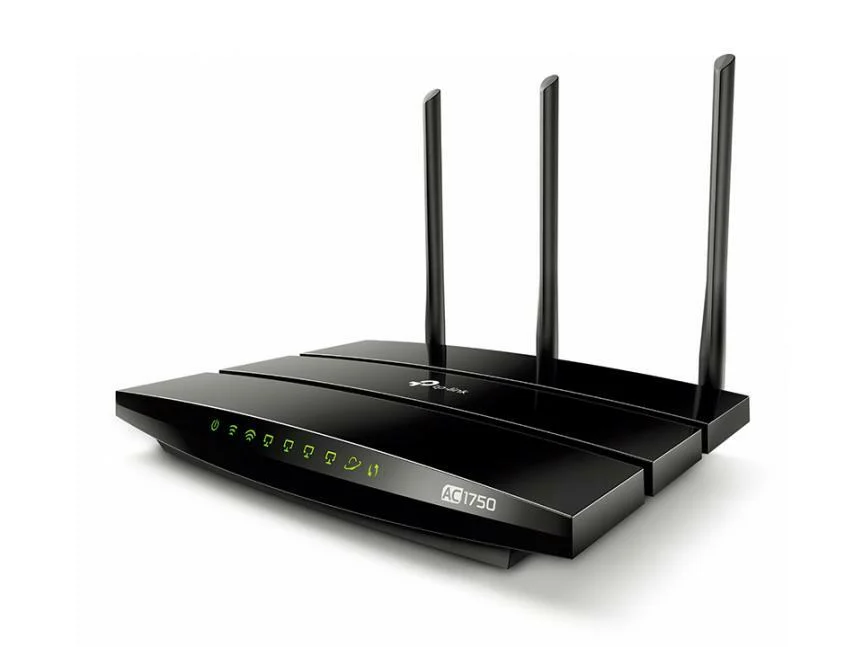How to Optimize Your Internet Speed: In today’s fast-paced world, working from home has become a common and convenient practice. To ensure maximum productivity and efficiency, it is crucial to have a stable and high-speed internet connection. In this comprehensive guide, we will explore various strategies to optimize your internet speed for seamless remote work, allowing you to stay ahead of the curve and make the most out of your online experience.
1. Choosing the Right Internet Plan
The foundation of a smooth remote work setup begins with selecting the right internet plan for your needs. Assess your requirements by considering factors such as the number of devices connected, the amount of data you consume daily, and the type of work you do. Look for providers in your area and compare plans to find one that offers the best speed and bandwidth for your specific requirements.
2. Understanding Internet Speed Metrics
Before delving deeper into How to Optimize Your Internet Speed?, it’s essential to understand the key metrics that determine your connection’s performance.
- Download Speed: This measures how quickly data is transferred from the internet to your device. A higher download speed is vital for activities like video conferencing, streaming, and downloading large files.
- Upload Speed: Upload speed, on the other hand, gauges how fast data can be sent from your device to the internet. It is crucial for tasks like video conferencing and sending large files.
- Ping or Latency: Ping is the time it takes for a signal to travel from your device to the server and back. Lower latency is critical for real-time applications like video conferencing and online gaming.
Most video conferencing applications work best with less than 150 ms of latency. You can’t control your connection’s latency as directly as you can improve your speed by upgrading, but lower latency is better. Moreover, certain types of internet connections (like fiber) tend to have lower latency than others (like satellite internet).
Video calling apps don’t require very much speed. Most households with an internet connection can manage at least the minimum requirements. That’s great because it means we can all stay connected.
If you run into issues, your upload speed is the most likely culprit. Cable and DSL internet providers give customers much less upload speed than download. So even if your download speed is safely in the clear for video calls, your upload speed might not be up to par for big group calls. Turn off your video or switch to a wired connection for better results.
How much internet speed you need for email and chat applications
You need only about 1Mbps of download speed per instance for chat and email. However, you may need more bandwidth when you share photos or videos in conversations and when you download larger assets (like images and attachments) from emails. But don’t worry about basic text conversations hogging your bandwidth.
Thankfully, you can carry on with your chat and email conversations while you work on other projects without worrying about internet interruptions. That’s because Microsoft Teams, Facebook Messenger, Slack, and similar applications usually don’t use a lot of bandwidth.
3. Conducting a Speed Test
To accurately assess your current internet speed, perform a speed test using a reliable online tool. This will give you a clear picture of your connection’s performance, including download and upload speeds, as well as latency. Repeat the test at different times of the day to identify any potential fluctuations in speed.
4. Troubleshooting Connectivity Issues
If you encounter slow internet speeds or connectivity issues, there are several troubleshooting steps you can take:
- Restarting Your Router: Simply turning your router off and on again can resolve temporary connectivity problems.
- Checking for Interference: Ensure that your router is placed in an open, central location away from obstructions and electronic devices that may cause interference.
- Updating Firmware: Regularly update your router’s firmware to improve performance and security.
- Securing Your Network: Protect your Wi-Fi network with a strong password to prevent unauthorized access and potential bandwidth drain.
What to do if your internet speeds aren’t fast enough
If you’re running into problems with your internet connection and slow speeds are to blame, To Optimize Your Internet Speed the first thing you should do is run a wired speed test from your modem or ONT to rule out your internet connection. If it’s slower than advertised, contact your internet provider.
If your actual internet speed isn’t an issue, connect your work device to the router using an Ethernet cable and recheck your speeds. You shouldn’t see a major difference, but if you do, you may need a replacement. We have dozens of upgrade suggestions based on routers we’ve tested and reviewed.
But if your work device’s wired connection to the router checks out, try the following to alleviate your speed woes:
- Reposition the router to a better location
- Limit nonessential internet traffic during work hours
- Get a Wi-Fi extender and place it close to your work area
- Add another satellite if you have a mesh system
- Make sure each external is vertical if your router only covers one floor
5. Optimizing Your Wi-Fi Connection
A strong Wi-Fi signal is crucial for efficient remote work. Consider the following steps to enhance your Wi-Fi connection:
- Upgrading Your Router: If you’ve had your router for several years, it might be time to upgrade to a newer model that offers faster speeds and better coverage.
- Using Wi-Fi Extenders: Wi-Fi extenders can expand your network’s coverage area, ensuring a stable connection throughout your home.
- Implementing Quality of Service (QoS): QoS settings on your router can prioritize specific applications or devices, ensuring critical work tasks get sufficient bandwidth.
6. Clearing Your Browser’s Cache and Cookies
Over time, your browser’s cache and cookies can accumulate and slow down your internet speed. Clearing them regularly can improve your browsing experience and overall internet speed.
7. Minimizing Background Applications
Closing unnecessary background applications and browser tabs can free up valuable bandwidth, resulting in faster internet speeds.
8. Consider Wired Connections
While Wi-Fi offers convenience, a wired Ethernet connection can often provide a more stable and faster internet connection. If possible, connect your device directly to your router using an Ethernet cable for critical work tasks.
In conclusion, optimizing your internet speed for remote work is essential to stay productive and efficient. By choosing the right internet plan, understanding key metrics, conducting speed tests, troubleshooting connectivity issues, optimizing Wi-Fi, and minimizing background applications, you can ensure a seamless online experience. Remember to periodically assess your internet speed and make necessary adjustments to adapt to your evolving remote work needs. With these strategies in place, you’ll be well-equipped to outperform your competitors and enjoy a hassle-free remote work environment.



